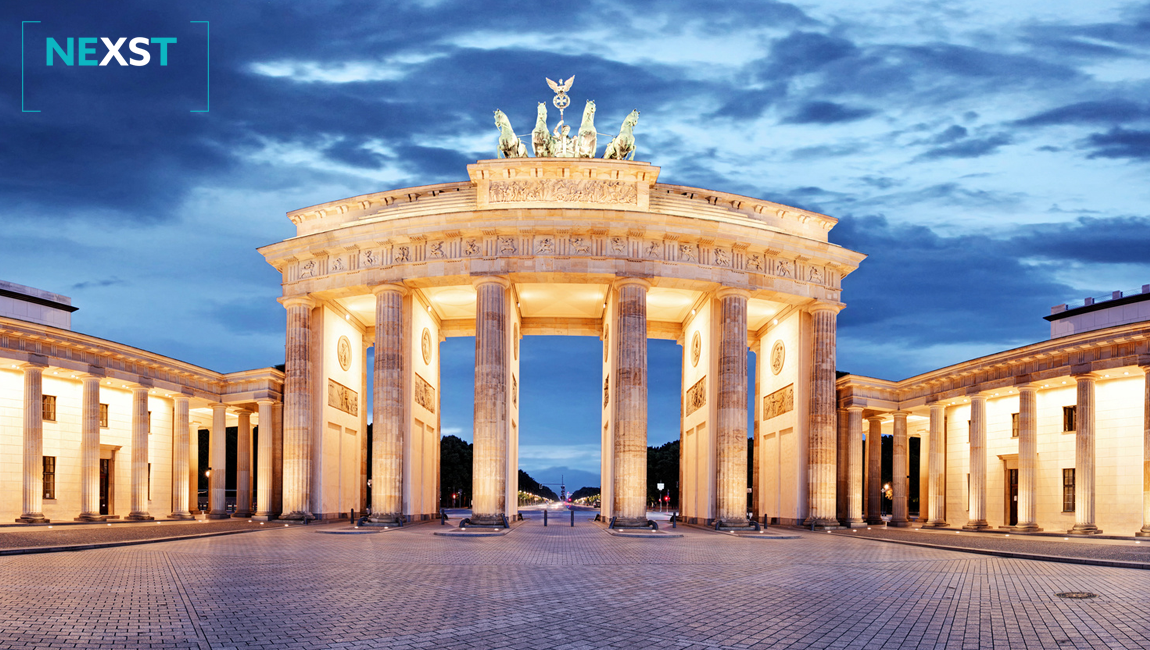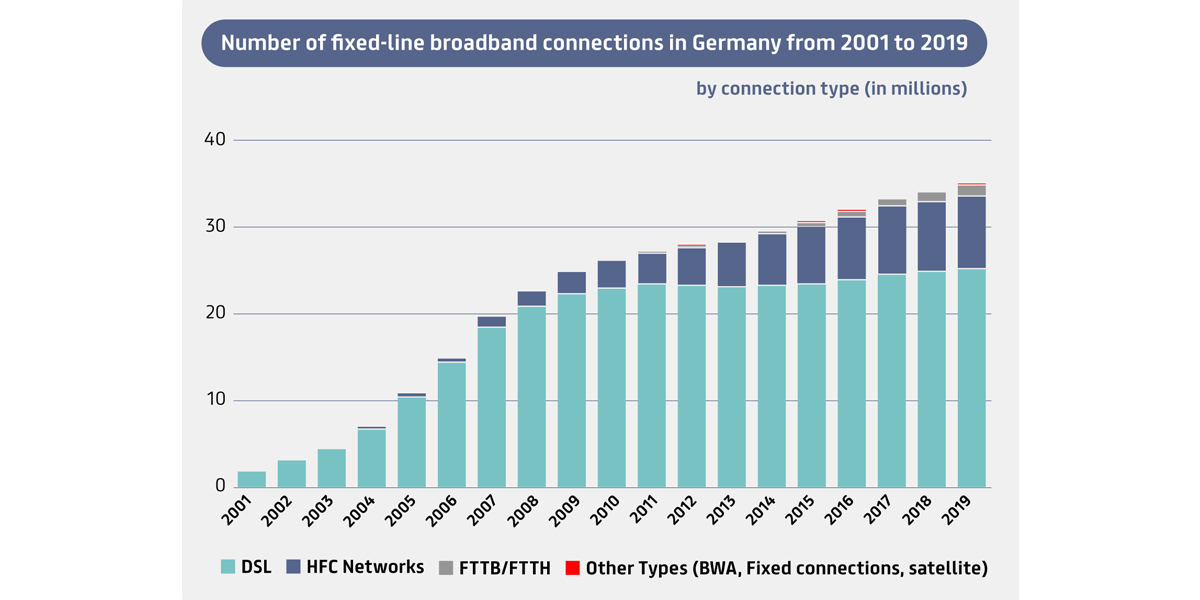Telefónica to bridge Germany’s digital divide

In a recent feature on Germany’s broadband plans, NEXST mentioned that the European Investment Bank (EIB) is providing Telefónica Deutschland GmbH & Co. OHG a € 450m loan for developing and upgrading of mobile network infrastructure. This division of the Spanish multinational telecommunications company is Germany’s second-largest mobile telephony provider. Telefonica Deutschland’s 5G network should cover Berlin, Hamburg, Munich, Frankfurt and Cologne this year and16 million people with its 5G network by 2022.
In addition, Telefónica now aims to improve broadband connectivity on Germany’s underserved markets. Telefónica’s plan is to create an open wholesale broadband network, which is expected to mainly target areas outside the country’s main cities. Deutsche Telekom has placed the cost of rolling out a full-fibre network covering the entire country would cost €60 bn to €80 bn.
Differences in FTTH coverage between European countries remains significant. Germany is among the European countries with the lowest FTTH coverage. According to the FTTH Council Europe, only 10% of German homes had access to a full-fibre connection a year ago. The German Federal Government ßplans to expand national gigabit networks by 2025, as well as fibre infrastructure in schools and enterprises. The government has allocated some €30 million for rural FTTH projects and has promised fibre optic connections for every region in Germany by 2025.






